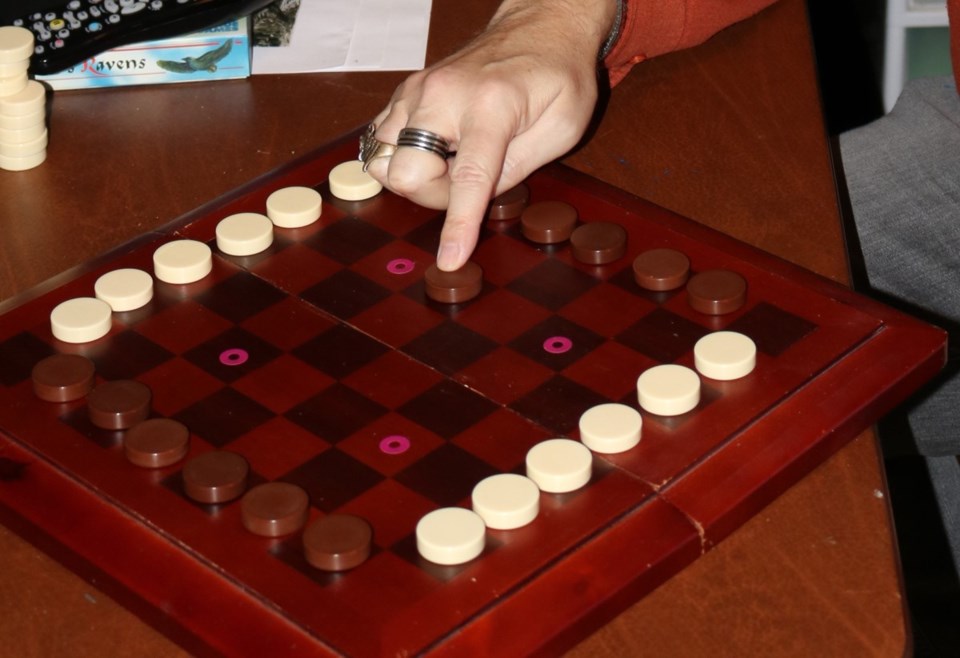YORKTON - So for the next three weeks we are into a time of celebration in terms of our culture as Saskatchewan marks Culture Days.
The national celebration of arts and culture takes place each fall, this year running Sept. 23, to Oct. 16.
Certainly for those of us who enjoy board games it can be a time to pull out some games of cultural significance, although that is somewhat more difficult than you may think.
There are games which are entwined in a country’s culture, although they are a little on the rare side.
For example, we might think of Go, a game held to be quite traditional within the culture of Japan. It certainly is a game with definite cultural elements entwined into it, from the unique way stones are picked out of a player’s bowl to the ‘clicking’ sound players make with their placement.
But, Go was actually invented in China more than 2,500 years ago,
So which country’s culture does it belong? Or, can something be cross-cultural in this case.
Chess is another that comes to mind. Not particularly the western version most here are familiar with, but rather some of the other cultural variants out there.
Shogi for example is very much Japanese. Xiangqi is Chinese. Makruk is from Thailand and Shatar is Mongolian. Each is very much chess, but all have their own twists too.
We should also mention Tafl games, reviewed here last week, given their Viking roots, and Konane is a checker-family offering from Hawaii that fits with the concept of games tied to a particular culture.
Here is Canada -- where defining this country’s culture is never easy given we are still a relatively young as a country, and so diverse in background in terms of people arriving here – finding a game which is part of our culture is not easy.
You might think of Trivial Pursuit, a game created here that has sold millions of copies in its various forms, but the questions are so international in scope it does not ‘feel’ Canadian when on the table.
My personal favourite game is crokinole, and while it is often suggested, although not guaranteed, it was originally created in Canada and is a game that most would say is culturally Canadian, although it most likely should be.
It’s the same generally with rod hockey. Its roots are almost assuredly Canadian and many of us, at least those over the age of 30-35 have played it, or at least aware of it, it would be hard to suggest it is culturally Canadian.
Then there are fabulous games such as Santini and Lines of Action which are designed by Canadians Gordon Hamilton and Claude Soucie respectively but that doesn’t make them specifically Canadian.
Again, perhaps that LOA and Santorini are not part of our culture which lies with us as a people.
We as Canadians all too often fail to celebrate our own. When was the last truly Canadian film to make a ripple in theatres? Was it Men With Brooms? It was a funny, clearly Canadian flick but it was released 20 years ago.
And who won the last Giller prize for Canadian literature? It’s likely most readers would not have answered Omar El Akkad for Strange Paradise without doing a Google search.
So that we don’t exactly embrace, promote, love and play a game to entwine it into our culture is not particularly surprising, although it is a tad distressing I suppose.
But if you want to start a Canadian trend with this year’s Culture Days perhaps Canadian Checkers is the one.
Canadian checkers follows the same rules and conventions as international draughts, the only differences are the larger game board (12×12 squares instead of 10×10), and more checkers per player (30 instead of 20).
The game is thought to have been invented by the French settlers of Quebec where it was named Grand jeu de dames, according to Wikipedia.
Apparently, originally the "huffing" rule was used.
“For this, if a player noticed that the opponent had failed to capture when the option was open (even if the offending piece had already captured one or more pieces that turn), the player can huff the offending piece before the next move is made and it is removed from the board. Nowadays, this rule is rarely used. Instead a player just points out the error and the opponent is forced to make the correct move,” explains www.mastersofgames.com (I’ll note I grew up with this rule and grandpa had eagle eyes even through the fog of his pipe smoke).
But that huge board and all the pieces does create a draughts game you will remember as rather unique.
Give this one a try and be proud of our culture.






